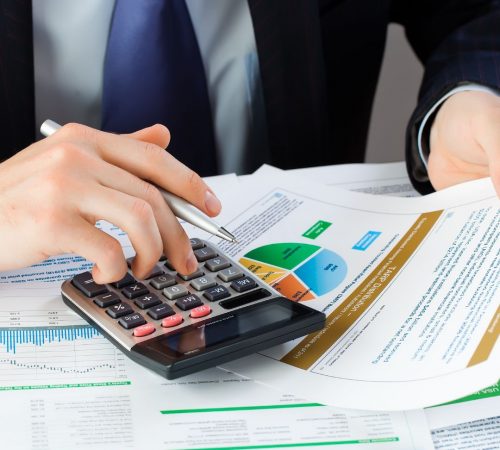I’ve just done my tax return for the first time and HMRC have asked me to make a PAYMENT on ACCOUNT? What is this and why do I need to pay it?
Payments on account are advance payments on for the following year for the tax bill.
You have to make 2 payments on account every year unless:
- your last Self Assessment (SA) tax bill was less than £1,000
- you paid more than 80% of the previous year’s tax you owed at source, e.g. tax on employment income through your tax code or because your bank had already deducted interest on your savings
Each payment on account is half your previous year’s tax bill. Payments are usually due by midnight on 31st January and 31st July.
Once your SA return has been completed, if you still have tax to pay after you’ve made your payments on account, you must make a ‘balancing payment’ by midnight on 31 January next year.
The logic behind ‘payments on account’ is partially to not give an advantage to those whose income is not taxed at source. An employee who is taxed immediately would be disadvantaged to someone who has more time to pay their tax. It is also beneficial to the individual as payments on account help with cash flow as they are paying the tax as they go and will not be left with a large tax bill at the end.

You can reduce your payments on account if you think your income may be less than the previous year. This can be known roughly because when the balancing payment will be paid by 31st January, we will be 10 months into the following tax year (06th April – 05th April). Hence, we will have 10 months of information to then determine if income will be higher or lower than the previous year.
However if this is incorrect and the payment on account has only been reduced to improve cash flow, interest will be levied from the original date.
Is there any legal way to avoid payments on account? NO
So how does this work in terms of the figures, let’s look at an example:
| Year 1 | ||
|---|---|---|
| Description | Payment due by | Amount |
| Tax bill for 2022-23 | 31st Jan-24 | 10000 |
| Payment on account for 2023-24 (50% of 2022-23 Bill) | 31st Jan-24 | 5000 |
| Payment on account for 2023-24 (50% of 2022-23 Bill) | 31st Jul-24 | 5000 |
| Year 2 | ||
|---|---|---|
| Description | Payment due by | Amount |
| Tax bill for 2023-24 | 15000 | |
| Balancing payment for 2023-24 | 31st Jan-25 | 5000 |
| Payment on account for 2024-25 (50% of 2023-24 Bill) | 31st Jan-25 | 7500 |
| Payment on account for 2024-25 (50% of 2023-24 Bill) | 31st Jul-25 | 7500 |
Summarising above, the client would be submitting for the first time in 2022-23, the tax bill is £10,000. By 31st January 2024 the full bill will be paid plus the first payment on account for 2023-24 totaling £15,000. The second payment on account will be paid by 31st July 2024. At this point, if the 2023-24 bill was the same as 2022-23, they have covered the whole amount.
For 2023-24, the tax bill ends up being £15,000. Of this, £10,000 has been paid via the payments on account. Hence, by 31st January 2025 the balance of £5,000 would need to be paid in addition to the first payment on account for 2024-25. This would be 50% of the 2023-24 liability which is £7,500.
Payments on account normally catches people out as they are not aware that such things exist within the tax regime.
To avoid getting a shock of large tax bill in January, it is always better to get the tax return completed early in the tax year. This enables you to tax plan to ensure funds are available in January to pay the bill or at least enable you to arrange a payment plan with HMRC.
Payments on account can be adjusted by taxable person through their online government gateway account as well as using a paper form, this takes a lot longer. If you have an accountant, the accountant if authorised as your agent can do it on there portal for you.
